Loading
CAPA LCCs in North Asia Summit
Seoul, South Korea
11-12 Jun 2018
12 June 2018
| 08:00 | Registration & Networking |
| 09:00 | Chairman's Welcome |
| SESSION 5 | |
| 09:05 | Panel: Is North Asia ready for low cost long haul services? 2018 is the year of low cost, long haul in Northeast Asia. Japan Airlines is launching a new LCLH airline, Jin Air is expanding its widebody fleet, Korea has planned start-up Air Premia and a number of LCCs are considering adding widebodies. Southeast Asian LCLHs are expanding in Northeast Asia while European LCLHs are waiting to launch their first services. Northeast Asia has different requirements and expectations for full- service and short haul LCCs. So long haul LCCs in Northeast Asia will also need local characteristics. Northeast Asia's full service airlines have strong long haul networks and brand recognition, but also high cost bases and other restrictions. Yet populations and travel propensity are increasing. How quickly can new airline platforms nudge the market to new ways of traveling?
Moderator: CAPA - Centre for Aviation, Senior Analyst, Will Horton Panel:
|
| 09:50 | Panel: Financing and operating LCC fleets - and the increasingly influential role of lessors Can fleet selection make or break the LCC model? There are a variety of options to consider: only select new aircraft, or exclusively very old aircraft. Direct order or lease? - an especially pertinent issue in the North Asian context given China has big plans for aircraft leasing, Hong Kong has re-written its tax laws to make the practice more favourable and the Japanese banks are pouring money back into the leasing sector. How and where do airlines source the funding to support their growth plans? Which finance models are most attractive? Is there a role for dedicated airline leasing subsidiaries – such as with Lion/AirAsia? Moderator: MIT Scale Network Ningbo, Associate Professor, Chikage Miyoshi [Download Presentation] Panel:
|
| 10:30 | Coffee Break & Networking |
| SESSION 6 | |
| 11:00 | Panel discussion: FSC-LCC partnerships, cross border JVs and LCC alliances in North Asia Partnerships of various permutations, whether they are cross border JVs, alliances with full service carriers or LCCs forming their own alliances, are an increasingly important feature of the LCC landscape. Full service carriers and the global alliances they are part of see merit in partnering with LCCs given their potential to provide access to lucrative domestic markets. Within Asia specifically, the cross border JV model has allowed major LCC groups such as AirAsia, Jetstar, Lion Air, and to a lesser extent VietJet, to accommodate foreign ownership restrictions by taking branded minority stakes in local airlines. Some LCCs have even formed their own groupings to take advantage of cross selling opportunities. What are the opportunities and limitations of each partnership model from a cost, revenue, traffic and brand awareness perspective? Under a multi airline group structure, how does the parent company strategically manage each of their airline brands? Can a non aligned LCC survive without being part of either a branded group or LCC alliance? Moderator: Cebu Pacific Air, Board Adviser, Garry Kingshott Panel:
|
| 11:45 | Panel: Wading through the new distribution pool. What do North Asia’s LCCs really need to know? The distribution ecosystem has changed rapidly over the past few years owing to a proliferation of intermediaries capitalising on new technologies, the emergence of new low cost channels and the implementation of the NDC standard. As well, increasing consumer expectations for personalised service offerings means that airlines need to innovate to capture market share, and it goes without saying that this involves leveraging predictive analytics and data in an intelligent way. What are the region’s LCCs doing to exploit the opportunities presented by the new distribution channels? Who are the new players and how will their emergence influence distribution strategy? Moderator: WebinTravel, Founder, Siew Hoon Yeoh Panel:
|
| 12:30 | Panel: What do LCCs (and travellers) want from airports? There are myriad ways that airports can effectively service both their LCC customers and end travellers. For airlines, assistance can come in the form of incentives and subsidies and building dedicated low cost carrier terminals. For travellers, any initiative that streamlines and enhances the travel experience guarantees a win win for all stakeholders. And while LCCs may have their own distinct needs compared to full service carriers, it remains to be seen whether the same is true of North Asian LCC passengers. If that is the case, do airports and their partners in retail and duty free need to develop offerings that appeals specifically to this fast growing traveller segment?
Moderator: Uriel Aviation Holdings, Vice Chairman, Andrew Cowen Panel:
|
| 13:20 | Summit Wrap |
| 13:25 | Lunch Break & Networking |
| 14:40 | Buses depart from the Convention Hall Lobby to City Tour |
| 15:00- 18:00 |
City Tour organised by Korea Airports Corporation
 |